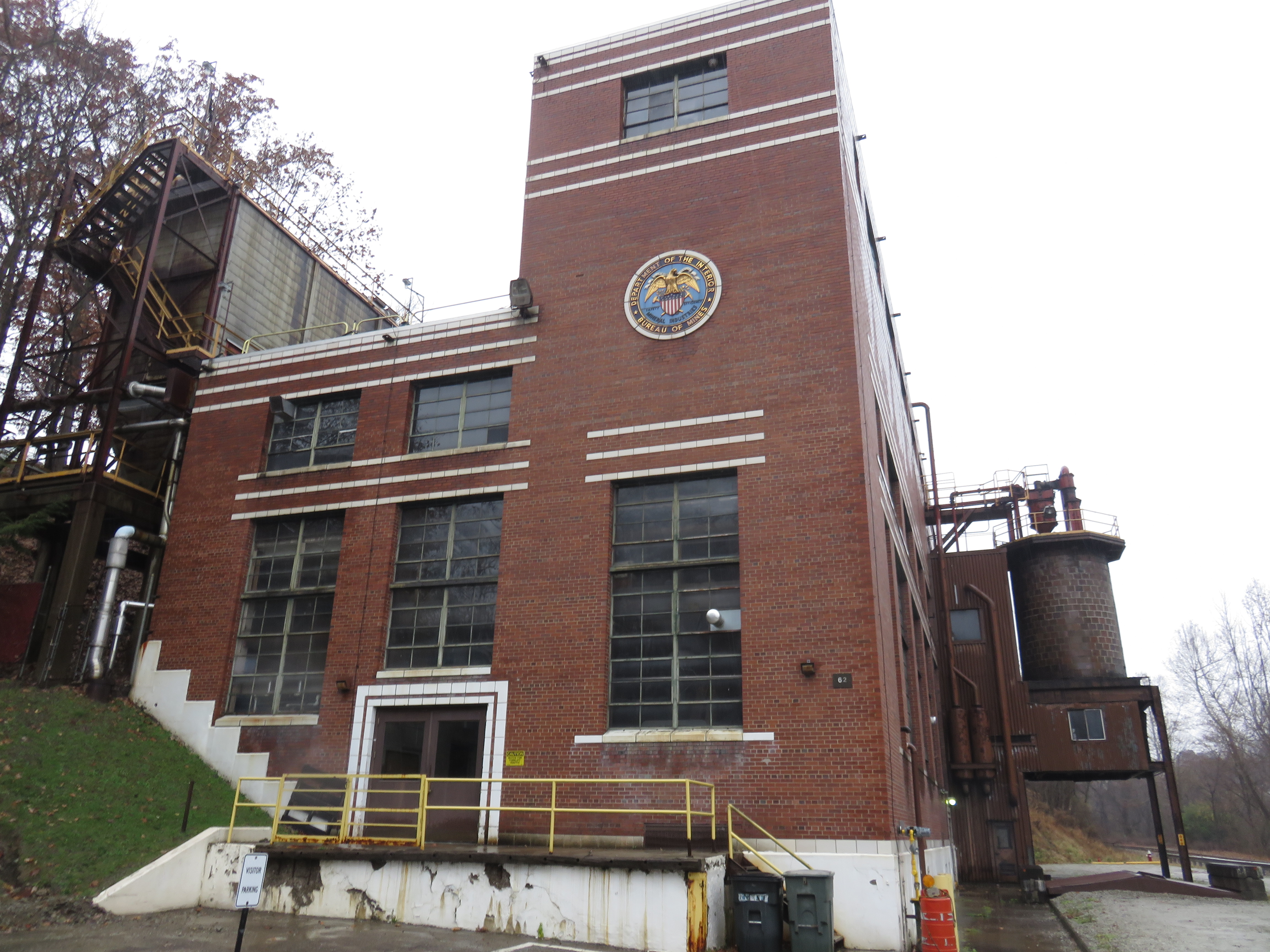|
Minerals Yearbook
The ''Minerals Yearbook'' is an annual publication from the United States Geological Survey. It reviews the mineral In geology and mineralogy, a mineral or mineral species is, broadly speaking, a solid chemical compound with a fairly well-defined chemical composition and a specific crystal structure that occurs naturally in pure form.John P. Rafferty, ed. (2 ... and material industries of the United States and other countries. The ''Minerals Yearbook'' contains statistical production data as well as information on economic and technical trends. First published in 1933, it was preceded by The ''Mineral Resources of the United States''. Contents Current issues are published in three volumes: * ''Volume I – Metals and Minerals'' contains chapters on around 90 commercially important mined commodities * ''Volume II - Area Reports: Domestic'' reviews mineral industry of US on a per-State basis * ''Volume III - Area Reports: International'' reviews world mineral industry on a p ... [...More Info...] [...Related Items...] OR: [Wikipedia] [Google] [Baidu] |
United States Geological Survey
The United States Geological Survey (USGS), formerly simply known as the Geological Survey, is a scientific agency of the United States government. The scientists of the USGS study the landscape of the United States, its natural resources, and the natural hazards that threaten it. The organization's work spans the disciplines of biology, geography, geology, and hydrology. The USGS is a fact-finding research organization with no regulatory responsibility. The agency was founded on March 3, 1879. The USGS is a bureau of the United States Department of the Interior; it is that department's sole scientific agency. The USGS employs approximately 8,670 people and is headquartered in Reston, Virginia. The USGS also has major offices near Lakewood, Colorado, at the Denver Federal Center, and Menlo Park, California. The current motto of the USGS, in use since August 1997, is "science for a changing world". The agency's previous slogan, adopted on the occasion of its hundredt ... [...More Info...] [...Related Items...] OR: [Wikipedia] [Google] [Baidu] |
Mineral Industry
Mining is the extraction of valuable minerals or other geological materials from the Earth, usually from an ore body, lode, vein, seam, reef, or placer deposit. The exploitation of these deposits for raw material is based on the economic viability of investing in the equipment, labor, and energy required to extract, refine and transport the materials found at the mine to manufacturers who can use the material. Ores recovered by mining include metals, coal, oil shale, gemstones, limestone, chalk, dimension stone, rock salt, potash, gravel, and clay. Mining is required to obtain most materials that cannot be grown through agriculture, agricultural processes, or feasibly created Chemical synthesis, artificially in a laboratory or factory. Mining in a wider sense includes extraction of any non-renewable resource such as petroleum, natural gas, or even fossil water, water. Modern mining processes involve prospecting for ore bodies, analysis of the Profit (economics), profit pot ... [...More Info...] [...Related Items...] OR: [Wikipedia] [Google] [Baidu] |
United States Bureau Of Mines
For most of the 20th century, the United States Bureau of Mines (USBM) was the primary United States government agency conducting scientific research and disseminating information on the extraction, processing, use, and conservation of mineral resources. The Bureau was abolished in 1996. Summary USBM was established in the Department of the Interior on May 16, 1910, pursuant to the Organic Act (Public Law 179), to deal with a wave of catastrophic mine disasters. The Bureau's mission was gradually expanded to include: * The conduct of research to enhance the safety, health, and environmental impact of mining and processing of minerals and materials. * The collection, analysis, and dissemination of information about mining and processing of more than 100 mineral commodities across the Nation and in more than 185 countries around the world. * Analysis of the impact of proposed mineral-related laws and regulations upon the national interest. * Production, conservation, sale, and di ... [...More Info...] [...Related Items...] OR: [Wikipedia] [Google] [Baidu] |
Geology Literature
Geology () is a branch of natural science concerned with Earth and other astronomical objects, the features or rocks of which it is composed, and the processes by which they change over time. Modern geology significantly overlaps all other Earth sciences, including hydrology, and so is treated as one major aspect of integrated Earth system science and planetary science. Geology describes the structure of the Earth on and beneath its surface, and the processes that have shaped that structure. It also provides tools to determine the relative and absolute ages of rocks found in a given location, and also to describe the histories of those rocks. By combining these tools, geologists are able to chronicle the geological history of the Earth as a whole, and also to demonstrate the age of the Earth. Geology provides the primary evidence for plate tectonics, the evolutionary history of life, and the Earth's past climates. Geologists broadly study the properties and processes of Eart ... [...More Info...] [...Related Items...] OR: [Wikipedia] [Google] [Baidu] |



